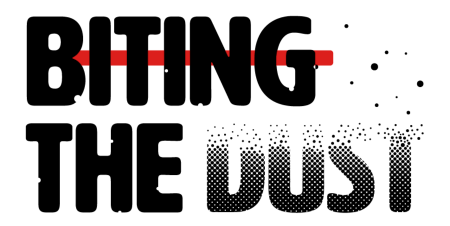Research Methods and Primary Learnings
With the case study of ‘construction-related dust as a source of air pollution’ serving as a starting point, this project seeks to build a framework for Regulatory Performance Index (RPI). In this context, the RPI framework seeks to evaluate the regulatory landscape within which various entities such as the Central Pollution Control Board (CPCB), the State Pollution Control Boards (SPCB) and Municipal Corporations of Delhi (MCDs) operate, and the efficacy with which they are able to exercise their powers of monitoring and enforcement. Such an RPI framework seeks to enable citizens, advocacy groups and other researchers to evaluate the action taken by our public authorities to tackle air pollution.
How did we go about it?
A comprehensive understanding of the legislative and regulatory framework related to air pollution in general, and management of construction-related activities and dust emission, in particular, is essential to an analysis of the regulatory framework within which the regulators operate. This includes powers of monitoring and enforcement delegated to various regulators and other bodies and the manner in which it is exercised, in the context of both environmental management and urban administration.
In order to procure data and information related to the exercise of powers of monitoring and enforcement mechanisms in the form of inspections, fines, closure notices, and penalties, we filed RTI questions to source information on each of these aspects. We supplemented it by information available on the websites of the regulators, information in press releases or submissions to the Parliamentary Standing Committee. Further, interviews with experts and other stakeholders will continue to help us understand how regulations are implemented on the ground and will be part of an ongoing process to gather data and qualitative insights.
What were our major learnings?
As the first phase of our project nears completion, some primary learnings include:
-
Lack of adequate information across most regulators
One of the primary challenges that we faced was the absence of adequate information regarding the functioning of the regulators- in terms of substantive actions taken by them as well as their administrative functioning. This was observed across various regulators, be it those related to the environment sector, such as the Delhi Pollution Control Committee (DPCC), or those related to local governance, such as the MCDs. While most regulators at the state level did not proactively disclose information regarding their substantive functioning, such as steps they had taken to address violations, they were equally unresponsive to RTI questions filed by us. As a result, we have not been able to peruse primary data, over a consistent period of time, in order to analyze what regulatory actions have been taken, and how effective the regulators have been, in addressing violations of the law.
-
Proactive CPCB, but the absence of information regarding follow up actions taken
Notably, the CPCB makes available, directions issued by it, under relevant provisions of the Environment Protection Act, 1986 and the Air Act, 1981, on its website. It has also proactively provided details related to various other letters that it issues to SPCBs and industries. However, this information is not available in a disaggregated or uniform manner. Further, there is also no information regarding any follow-up actions taken by it. For example, in several instances, the CPCB issues directions for closure, show cause notices to industries or sets up inspection teams and requests for Action Taken Reports. While such preliminary orders are made available on the website, there is no information regarding the follow-up actions taken. As a result, it becomes difficult to assess the effectiveness of the CBCB on the aspect of its enforcement functions.
-
Air quality monitoring and enforcement to be a year-round process
It is particularly during the winter months when the air quality is considered “most hazardous”, that the CBCB and DPCC take special measures related to curbing air pollution in the NCR. It is also during this period that the CPCB regularly monitors and shares data on the ambient air quality, and takes specific steps to curb construction activities considered harmful to the air quality of the region. However, air quality monitoring and control is a process that should be carried out all year long. Especially in the context of pollution from sources such as construction-related dust, which is an activity that is prevalent all year round, and not unique to the winter months alone, monitoring and preventive steps to address falling air quality standards should be uniform and persistent.
